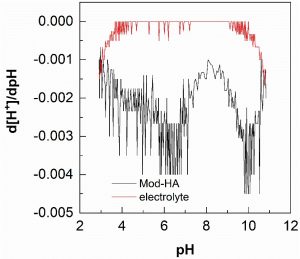
Phuong Pham (Chemistry)
Phuong Pham graduated from Kennesaw State University in the spring of 2015 with a Bachelor of Science in Chemistry. She then worked as an intern at the Environmental Sciences Division at Oak Ridge National Laboratory (ORNL) under the guidance of Dr. Baohua Gu focused on the isolation and characterization of dissolved organic matter obtained from a mercury-contaminated creek in Oak Ridge, TN. She is currently pursuing a Ph.D. in Environmental Chemistry at Florida International University (FIU) under the guidance of Dr. Kevin O’Shea. Phuong’s previous research focused on the remediation of heavy metals using environmentally friendly nanoparticles. As a U.S. Department of Energy (DOE) Fellow at FIU’s Applied Research Center (ARC), under the guidance of Dr. Ravi Gudavalli, she is conducting research to elucidate the key factors controlling the transport and fate of iodine species and how the organoclays and granular activated carbon can help to reduce the elevated concentration of iodine species in the Savannah River Site (SRS) F-Area’s wetlands. Phuong also works on the characterization of KW-15 modified humic acid as a potential sorbent material for the uranium remediation at the SRS F-Area. Phuong is trained on several instrumentation techniques such as the Excitation – Emission Matrix (EEM) fluorescence spectroscopy, Fourier transform infrared spectroscopy (FTIR), scanning electron microscopy (SEM), time resolved dynamic light scattering (DLS), capillary electrophoresis (CE), ion chromatography (IC), total organic carbon analysis (TOC), inductively coupled plasma mass spectrometry (ICP-MS), and high performance liquid chromatography coupled with inductively coupled plasma mass spectrometry (HPLC-ICP-MS).

Figure 2: Potentiometric titration of mod-HA and the electrolyte.

